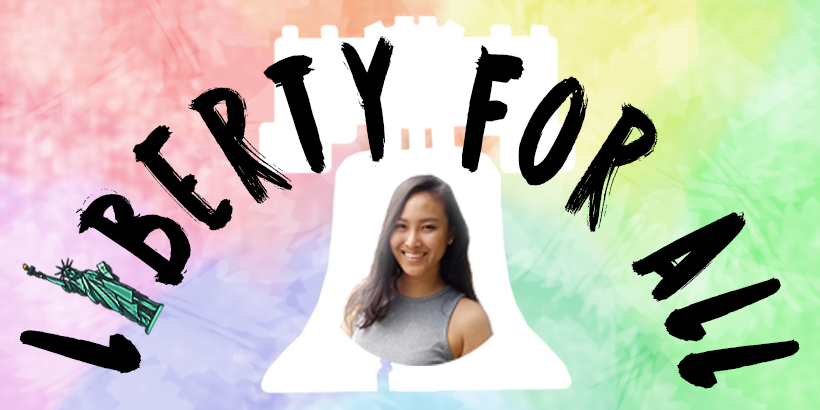With its release on Mar. 31 in the US, “Ghost in the Shell,” a live-action sci-fi movie based on one of the most successful Japanese manga and anime series ever, garnered criticism for whitewashing from the international community. The crux of the matter was that the main heroine, Major, originally named Motoko Kusanagi in the original series and identified as Japanese in the live-action film, was casted by Scarlett Johansson, a white woman.
“Ghost in the Shell” is only one film mentioned in the whitewashing controversy surrounding Hollywood, however. Marvel’s “Doctor Strange” casted Tilda Swinton, a white actress, as the Ancient One, as an originally Himalayan high priest. Drama and romance film “Aloha” casted Emma Stone, also a white actress, as the Asian-Hawaiian character Alison Ng. Live-action film “The Last Airbender” portrayed three of its originally Asian and Inuit characters as white. True-story based “21” casted the original, real-life Asian-American students as white actors Jim Sturgess, Jacob Pitts, and Kevin Spacey. The list stretches back to the beginning of the film industry.
In the argument against the protests of whitewashing (but not necessarily for whitewashing per se), many directors, casting directors, and others in the film industry make the argument that films should be casted by talent, not race. Others claim that critics should focus not on the racial aspects of the film, but on the cinematography, plot, composition, and acting, viewing the film as a work of art rather than a point in racial politics.
More of those against this critical view of whitewashing argue that without the name value of top Hollywood stars, many of who tend to be white, movies cannot generate enough profit or be properly funded in the first place.
While wanting to have the most talented cast possible to create more profit is a valid concern, having a majority of white casts have weighty consequences. For one, a mostly white cast gives the idea that being white is a norm, a default, and that anyone of any other race or ethnicity is inherently different. This definition of norms sets aside people of color, making them feel like outsiders of a country they do and therefore should feel like they belong in. Not only that, but having a mostly white narrative gives the impression that only white individuals can live exciting, dynamic lives worth watching. Though the film may not state so explicitly, the prevalence of white leads and stars subconsciously train the brain to see white as the new standard of human. In addition, these arguments, perhaps unintentionally, suggest that white actors have a higher skill level than those of other races or ethnicities.
This last idea may find its roots in the fact that the most famous actors and actresses tend to be white, and that the majority—75 percent, according to a study conducted by the University of Southern California—of actors is white. While this may be true, deliberately not casting a diverse cast perpetuates the vicious cycle of a white-dominated Hollywood. The film industry started long before the Civil Rights movement brought relative integration to America, meaning that all actors were white to the extent that some used blackface or yellowface to portray ethnically “diverse” characters. This created a white-actor dominated industry, which led most movie stars to be white. Even though people of color entered the game, the acclaimed were still mostly white, and the ones mostly getting casted in blockbusters and box office hits and earning thousands of dollars.
The effects of whitewashing do not remain within just the film industry and the world of entertainment. Media representation helps normalize the diversity of our world, instead of, as mentioned before, presenting white America as the norm. Movies—and other forms of entertainment—often make audience members search for an image of themselves on the screen, whether it’s intentional or not. That is, people are always looking for ways to relate with the stories and emotions that movies are trying to show. Having racially diverse casts (casts that are actually diverse, instead of having a couple of non-white sidekicks) allow real, non-white people connect with the story more and feel like they’re part of the narrative, of America’s narrative.
Take my own small anecdote, for example. When I was younger, I dressed up as the ethnically Chinese Disney princess, Mulan, for two Halloweens in a row. My favorite princess was, hands down, Ariel, not Mulan. But still, I dressed up as Mulan. Living in a mostly-white suburb in Texas, where all of my best friends were white, I had no concept of myself being or looking different due to race; since we all liked horses and chased boys together during recess, we were friends. But still, I dressed up as Mulan. I had no concepts about race at that age, but there was probably a thought in the back of my head that I looked like Mulan, and that I wanted to be Mulan. I felt represented, even as a five-year-old that knew nothing about racism or media representation.
Whitewashing is obviously not the biggest or most urgent problem to exist in present day America. However, whitewashing is a branch of racism and representation that we can, to an extent, curb and control. We might not be able to force people to think a certain way, but we can certainly expose them to the diversity of our world, and how non-white people are “normal” people just the same.

